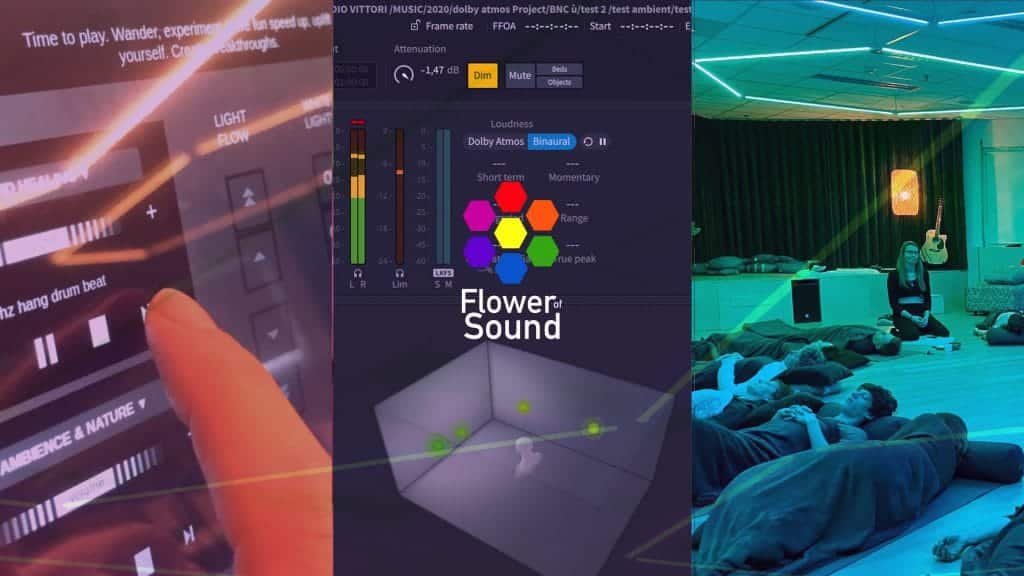More about Sound Baths
Sound baths are immersive auditory experiences where participants are enveloped in the sounds and vibrations produced by various instruments. These […]
Sound baths are immersive auditory experiences where participants are enveloped in the sounds and vibrations produced by various instruments. These […]
A new revolution is happening within the audio and music world. It is called immersive sound or spatial audio. This

















© Flower of Sound. All rights reserved

